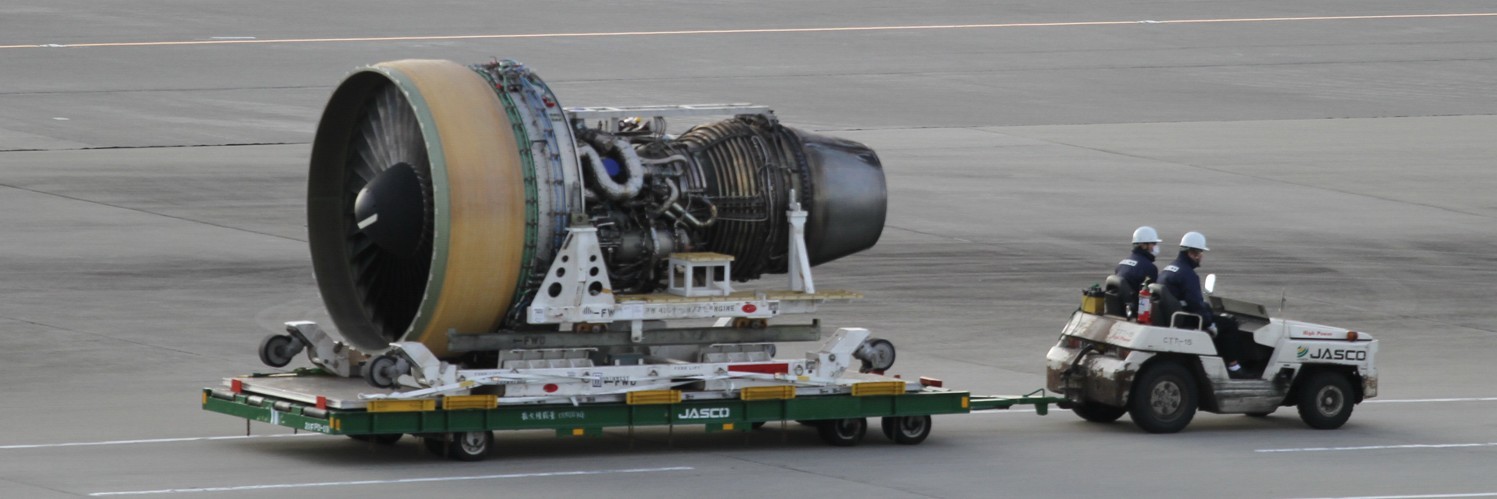Plane Engine Failures. What Are the Causes?
“Ladies and gentlemen, this is your captain speaking. We have a small problem. All four engines have stopped”.
This occurred in a British Airways flight to Jakarta in 1982, and it’s perhaps the worst nightmare of any passenger. Fortunately, everyone in the plane landed safely.
A jet engine failure is a rare event. As an example, the GE90-115B engine from General Electric released in 2004 has shown an impressive performance, with an in-flight shutdown rate of only one in a million flight hours.
Proper maintenance is a very important factor in ensuring engine functionality. But which other external factors can cause the engine to fail?
Jet and propeller engines
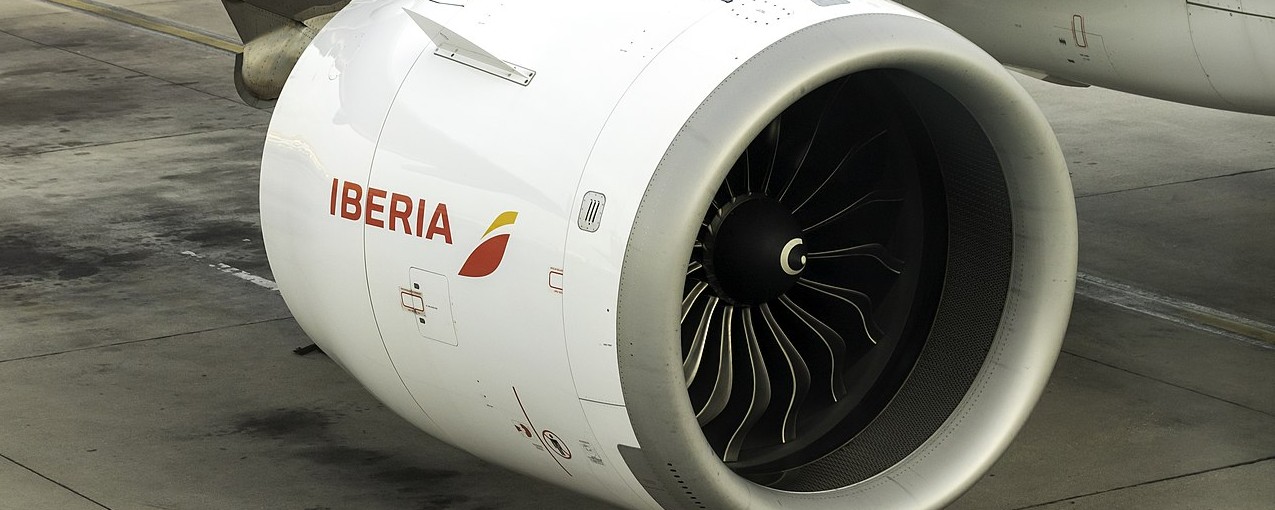
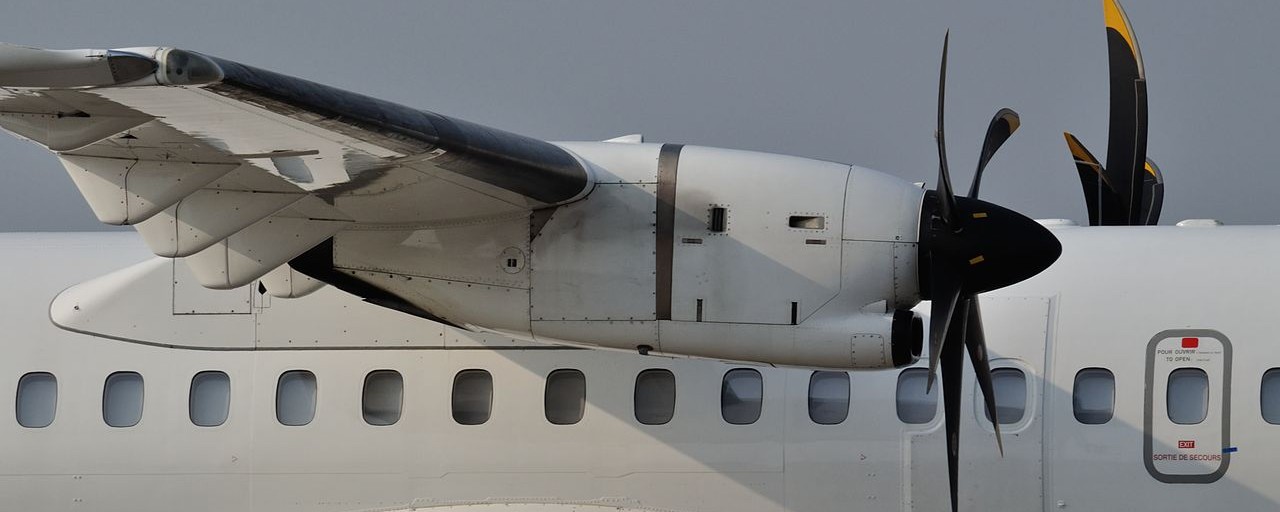
The main working principle of jet engines is simple: take cold air, heat it up in a combustion chamber, and release it through the back. Since the air density increases with temperature, the jet at the back has a much higher speed than the air taken at the front, generating enough thrust to push the plane forward.
Propeller engines are also driven by a turbine. But thrust is no longer produced by the hot jet through the back. Instead, thrust is produced by spinning a large propeller which accelerates the air as it passes through it.
For both jet and propeller engines, several levels of blades are added before and after the combustion chamber to control the air pressure and make the combustion more efficient. In jet engines, a very large fan is also added at the front (the one you see when looking at the engine), giving the name of turbofan engine.
Propeller engines produce less thrust than jet engines, but are more efficient at lower altitudes. This is why most regional or short range planes use turboprop engines, and larger range use turbofans.
Engine blades: the work horses
The workload of the turbine blades is truly remarkable: rotating 20,000 times per minute, swallowing about 1,500 m3 of air per second, and reaching supersonic speeds at the blade tips.
Now imagine throwing a stone right into that spinning machine. Even if the blades are made of high strength titanium alloys, a stone acts like a bullet at those rotational speeds. If a blade is shattered, its pieces will hit others, and a chain reaction will cause extensive damage to the engine.
The blades of a jet engine are more likely to hit foreign objects than those of a propeller. This is because the air intake for the latter is a much smaller hole located below the propeller. Nevertheless, the propelled blades, even if made of strong carbon fiber composites, are wide open to hit foreign objects.
Bird strikes
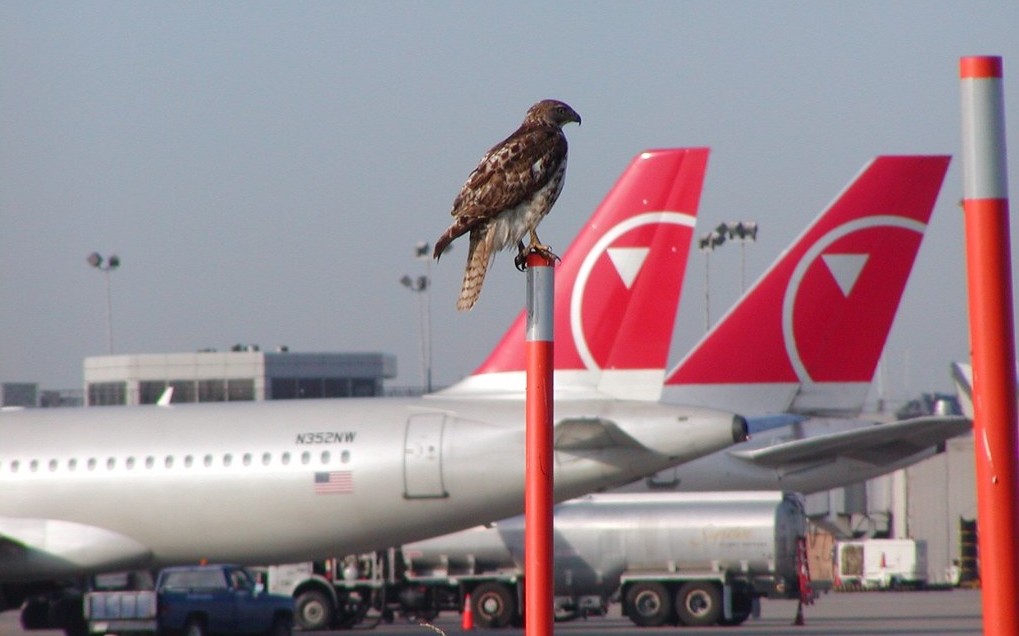
Bird strikes are relatively common. According to the FAA, in 2019 alone there were over 17,000 reports on bird strikes in civil aviation (commercial and private). This might not be as surprising once we find out that there are about 50 billion birds in the world, 6 for every human.
However, the fatal accident rate is very very low, just about one in every 1,000 million flight hours. This means that most bird impacts results in limited damage.
The main risk of bird impacts is the deformation or fracture of the blades. The bearings, the parts ensuring a smooth rotation of the engine, can also break due imbalance forces induced by broken blades. Another issue is that bird rests can damage measuring equipment used to monitor the engine.
All aircraft manufacturers have to comply with the FAA engine certification regulations for bird strikes. These state that a single bird of 1.35 to 1.8 kg, depending on the engine size, should not cause the engine to catch fire or suffer an uncontrolled failure. It should also continue giving about 50 % thrust through the next 15 minutes and enable the pilot to perform a safe landing.
So, as a rule of thumb, a pigeon of 0.3 kg flying into an engine might cause some malfunctioning, but not likely lead to an accident. A flock of pigeons, or one eagle of 3 kg, might cause serious damage.
Since most bird strikes occur around airports, the environment and vegetation around them is designed to be as least attractive as possible for birds nesting. Other active methods such as capturing and killing are also used in cases where rapid control must be undertaken.
Volcanic ash
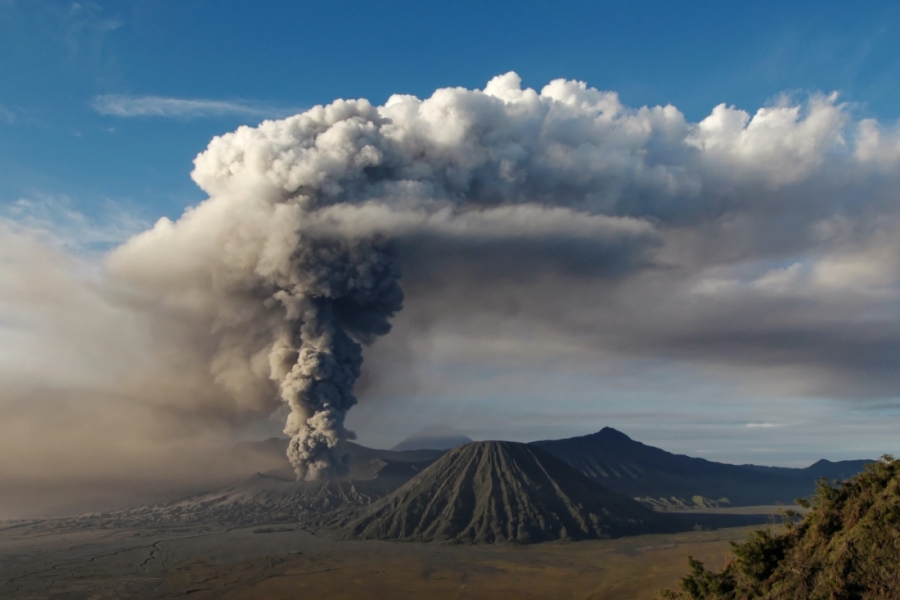
Volcanic ash is made of small particles containing rocks and minerals. They are about 2 mm or less in size and with many “holes” inside, making them light and easy to be carried by the wind.
When reaching a plane engine, the continuous stream of ash particles can wear down the blades, much like sandpaper over a surface. This can quickly eat-up parts of the blade, reducing its efficiency or creating an imbalance in the engine.
But the biggest issue is when the ash sticks to the engine. The glass particles contained in the ash have a low melting point, so they can be converted to liquid when touching hot blades. But since other regions of the engine are cooled, the molten glass can suddenly freeze and stick to them. As the layer of ash grows, the air flow through the engine is reduced, shifting it from its design point and creating an imbalance in pressure which was not designed for. In the worst scenarios, this can result in the release of a sudden ball of fire in what is known as “engine surge”.
We can see that the negative effects of ash - wear and accumulation - are both gradual processes. The don’t disable the engine at once like birds could do. Therefore, planes have slightly more time to avoid and escape from an ash encounter. The key parameter is not the ash concentration but the ash dose: how much ash went through the engine in total.
In any case, any significant volcanic eruption leads to very strict preventive measures of closing the surrounding airspace.
Fuel starvation
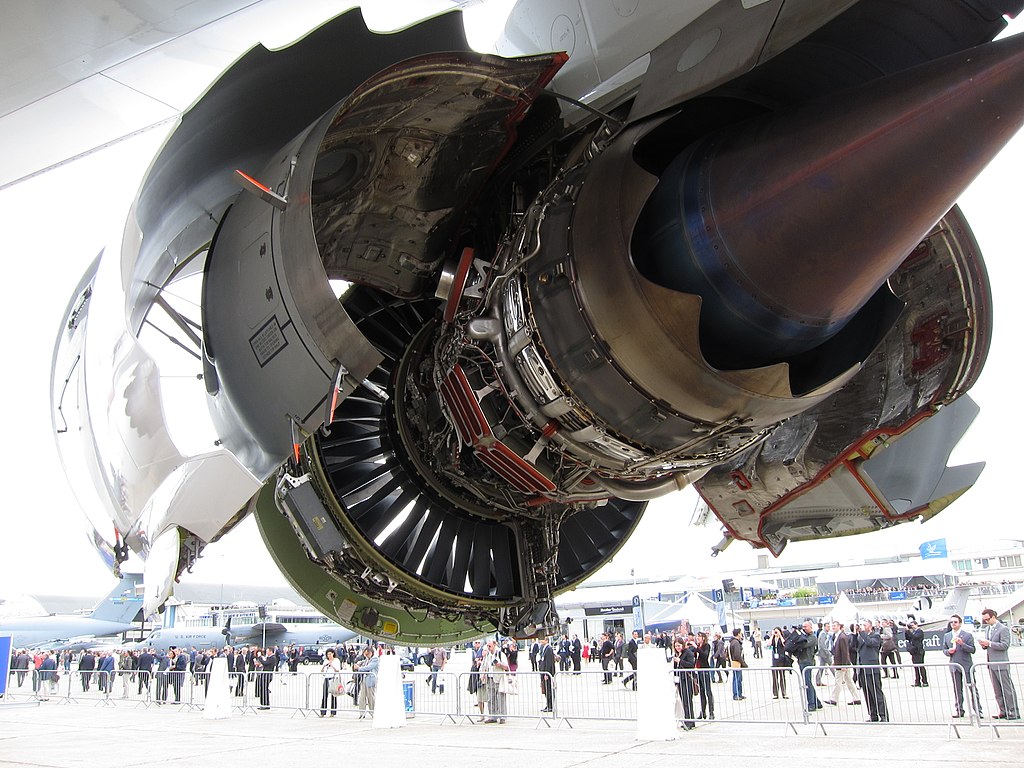
This is actually the biggest source of engine failure. It can be caused by an inadequate indication of the fuel level or by a clogging of the fuel supply system.
At cruising altitudes, the air temperature can get down to -65 °F (-54 °C). In theory, the fuel should not contain any water, but some small concentrations are unavoidable. If some of this water freezes, the tiny ice crystals can attach to the fuel supply tubes, reducing the fuel supply or even blocking it entirely.
Engines are designed with heating systems and icing inhibitors to reduce the risk of freezing. This has to be done within a safe range, as the fuel tank can’t either freeze nor be too close to the flammable temperatures. In the piping system, narrow passages such as filters are sometimes designed with a wider back-up bypass route.
Success stories
Bird strike
The most famous accident is the US Airways Flight 1549 in 2009. Shortly after takeoff from New York’s La Guardia airport, the plane hit a flock of Canada geese that damaged and disabled both engines. With no possibility to return to the airport, the captain managed to glide the plane and water-land it on the Hudson river. All passengers survived.
Volcanic ash
Back to our British Airways Flight 009 to Jakarta: “Ladies and gentlemen, this is your captain speaking. We have a small problem. All four engines have stopped”. This occurred after flying 2 minutes through unreported volcanic ash released by Mount Galunggung. Despite the engine failures and the complete loss of visibility through the sand-blasted cockpit windows, the pilot managed to glide and land the plane safely in an airport near Java. All passengers survived.
Fuel starvation
Again, British Airways, Flight 38 approaching to London Heathrow in 2008. Both engines failed due to accumulation of ice crystals just when the plane was about to touch down. The captain declared an emergency a few seconds before landing, raised the flaps and braced for impact. A fire was set, but all passengers survived.
References
Boeing, 2011. Strategies for Prevention of Bird-Strike Events. AERO, QTR 11, 3.
ICAO, 2012. Flight Safety and Volcanic Ash. Doc 9974, ANB/487.
Thorpe J., 2003. Fatalities and destroyed civil aircraft due to bird strikes, 1912-2002, IBSC26/WP-SA1.
Rolls Royce, 2019. Volcanic Ash Impacts on Jet Engines and Developments Since 2010. NAT 2030 / ACM.
Schmitz M., Schmitz G., 2018. Experimental study on the accretion and release of ice in aviation jet fuel. Aerospace Science and Technology 82–83 (2018) 294–303.


